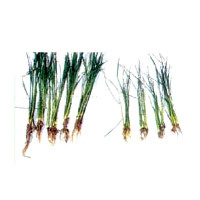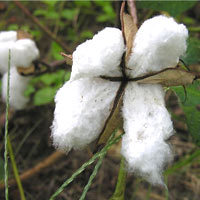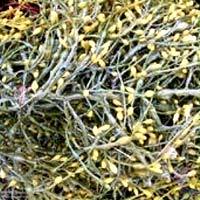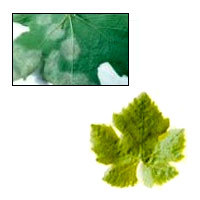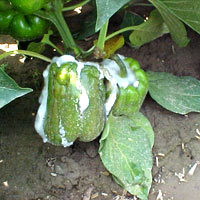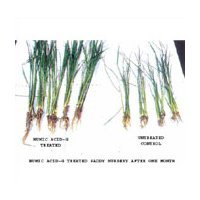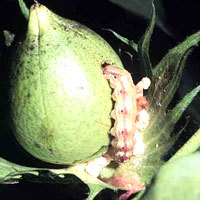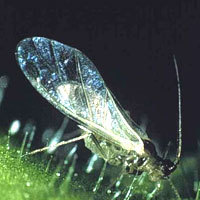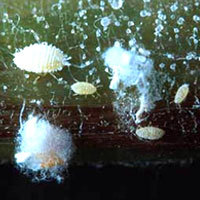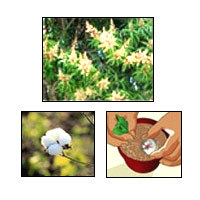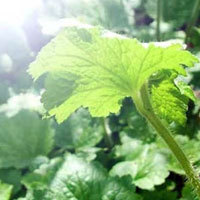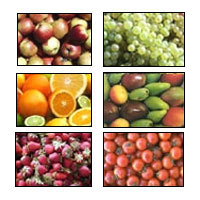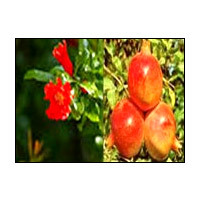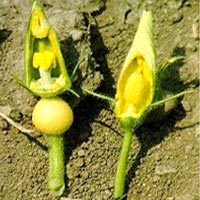Secondary Macro Nutrients
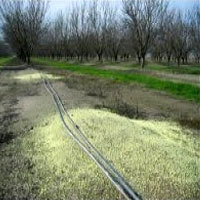
Secondary Macro Nutrients
The secondary nutrients like sulfur (S), magnesium (Mg) and calcium (Ca), do not always get the recognition of some others, but they are essential and play key roles in the growth and health of plants, animals, and humans. They have been called the “synthesizers” because of their functions in living organisms.
Many factors can affect the availability of these three nutrients to plants. The best estimates of their availability can be determined by soil analysis or a combination of soil and plant analyses. However, field observations and deficiency symptoms are also important diagnostic tools.
Sulfur
Sulfur is becoming more of a limiting nutrient in crop production than in the past, for several reasons: higher crop yields require more S; increased use of high analysis fertilizers containing little of no S; reduced amounts of atmospheric S fallout from the sky; and reduced soil S reserves from organic matter losses due to mineralization and erosion. Most S in the soil is tied up in organic matter and cannot be used by the plant until it is converted to the sulfate (SO4) form by soil bacteria. That process is known as mineralization. Sulfur can be applied as broadcast or banded fertilizer material or applied through irrigation systems (furrow and sprinkler). Sulfur is also an important nutrient for proper nutrition of forage crops that will be consumed by livestock.
Magnesium
Magnesium is required for crops to capture the sun’s energy for growth and production. Its functions include phosphate metabolism, plant respiration, and activation of enzyme systems. Magnesium can be added to deficient soils by applying Mg-containing fertilizers or dolomitic limestone. Dolomitic limestone contains both Ca and Mg carbonates (for neutralizing value), whereas calcitic limestone contains only Ca carbonate. Availability of Mg is often related to soil pH. Other situations also increase needs for Mg: sandy soils with low cation exchange capacity, low Mg-supplying power, and a high Mg leaching potential, application of calcitic limestone on low Mg soils, crops with high Mg requirements, high application rates of ammonium-N and K, soil test levels below 50 to 100 lb/A exchangeable Mg.
Calcium
Calcium (Ca) is sometimes considered a low key nutrient, but it carries a heavy load in plant growth. Calcium availability is adequate for most crops when soils are limed to properly adjust soil acidity. Deficiencies of Ca are most likely to occur on acid, sandy soils from which available Ca has been leached by rain or irrigation water, and on strongly acid peat and mucj soil where total soil Ca is low. High exchangeable soil sodium (Na) may depress plant uptake of Ca.
